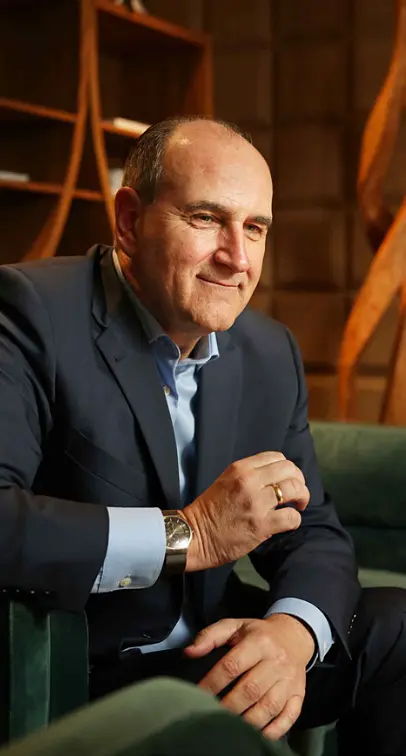THE WORLD’S #1 EXECUTIVE COACHING AND BUSINESS COACHING BLOG SINCE 2017.
The Human Side of Business – Workplace Dynamics as a Leader
March 2, 2016 | Category: Blog, Expert Interview Series
“I’m guided by my personal values: purpose, meaning, growth, achievement, and curiosity. My values help me make decisions about work I get involved in, relationships I invest in, and setting personal goals. I also turn to Covey’s quote, ‘Seek first to understand, then to be understood.'” That’s how Shawn Murphy explains his personal mission statement. As a change leader, speaker, writer, and co-founder and CEO of Switch and Shift, Shawn knows a lot about the human side of business. He recently chatted with us about several aspects of that very important subject.
Can you tell us a bit about your professional journey to where you currently are with Switch & Shift?
At age 19 I started my career in the learning and development space. Back then we called it training. I worked for U.S. Bank and spent quite a bit of time helping with mergers and acquisitions, preparing branches for the flip of the switch, going from old systems and processes to new. It was the M&A work that I did that taught me the importance of culture and developing relationships with people in order to successfully manage the stress, anxiety, tension, and anger that comes from being acquired. That time was my learning ground for helping with culture change and organizational change management. I went on to make a career in the L&D space and culture and organizational change management. Ultimately my career in these spaces prepared me to start Switch & Shift and build its consulting practice, leadership development approach, and our advisory services with my business partner, Mark Babbitt.
What do you wish most people knew about the human side of business?
I wish people knew that the human side of business isn’t about being soft. It involves the hard work of developing relationships that unlock people’s potential and balancing the needs of business at the same time. Often the two conflict, making it easier to focus solely on business needs. People are messy. It’s demanding work to work with people in a way that helps them do their best work in a mutually beneficial way.
What is most important when it comes to managing workplace dynamics as a leader?
First, a leader needs to positively influence the workplace environment – create workplace optimism. When a leader can create an environment that gives people hope that good things will come from their hard work, people are more open to investing in work relationships. Leaders who create workplace optimism remove or minimize the distractions that interfere with people’s abilities to have meaningful, fulfilling relationships, helping to pave the way to positive workplace dynamics.
What do you think is wrong with the quote, “It’s not personal; it’s business.”?
It reflects an Industrial mindset that people are replaceable cogs in the corporate machinery. Truth is, business impacts people’s lives. It is personal. The Industrial mindset wants to remove feelings from the work experience. This isn’t only impossible, it’s inhumane. Leaders are responsible for the impact they have on people’s lives.
How should people attempt to connect with colleagues and managers?
Begin with seeing the whole person – not the role a person plays in the organization. It’s not possible to connect in a meaningful way when people are seen as a means to an end that benefits only the organization. To connect with others, people need to show genuine interest in the person, their success, and their potential. With today’s overwhelming workload and relentless pace, connecting with colleagues and leaders seems like a luxury. The truth is that when connections weaken, so does the quality of work. Innovation and creativity are negatively impacted, too. Both require connection and strong relationships so the creative process can unfold.
What’s the most essential step one can take towards being a social success at work?
The most essential step is to make others look good. Social isn’t about you. It’s about the health and effectiveness of a community of people.
Do you think positive thinking is an essential part of achieving one’s goals?
You need a little crazy in you to achieve your goals. This requires the ability to visualize and think positively, especially goals that scare you and leave you wondering how you’ll accomplish them. When this happens you know you’re on the right path.
What things should a successful person never do?
A successful person should never discount their own needs and gut feeling about what it takes to succeed. It’s easy to turn to others for encouragement and direction on what to do. But if you want success, you ultimately need to listen to yourself. After all, you’re making the call on what actions to take or not take.
Anything else you’d like to tell our readers?
A part of your day should include a routine that positions you to do your best work. For me, I get up early to meditate or go to the gym, check emails, check on key business activities, and read blogs important to my growth. This helps me feel good and positions me to begin my day positively.



